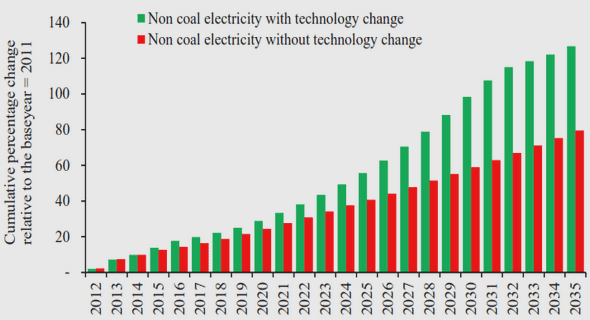(Downloads - 0)
For more info about our services contact : help@bestpfe.com
Table of contents
1 Introduction
1.1 General context of dike and dam failures
1.2 Internal erosion and the particular case of suffusion
1.3 Justification for a numerical homogenization approach of suffusion
1.4 Outline and structure of the present work
2 State of the art: suffusion impact on soils and numerical tools for its modeling
2.1 Suffusion susceptibility: an internal stability approach
2.1.1 Geometrical criteria
2.1.2 Hydraulic and stress conditions
2.2 Suffusion susceptibility: a mechanical stability approach
2.2.1 The drained triaxial test approach from experimental and numerical points of view
2.2.2 Triaxial testing limits to assess suffusion consequences on material resistance
2.2.3 From an intuitive definition of instability to the secondorder work criterion
2.2.4 Second-order work envelope based on directional analysis
2.2.5 Flood induced loading and possible impact on mechanical stability
2.3 Multiscale modeling of granular materials
2.3.1 Microscopic modeling through discrete element methods (DEM)
2.3.2 Mesoscale structures and mechanics
2.4 Numerical modeling of internal fluid flows
2.4.1 A comparative review of existing methods
2.4.2 Pore-scale Finite Volume (PFV) method
3 Micromechanical validation of the representativeness of numerical samples with respect to suffusion
3.1 Numerical experiments on widely graded samples with DEM
3.1.1 Sample definition
3.1.2 DEM simulation of drained triaxial tests
3.2 Mesoscale analysis of force transmission
3.2.1 Force chains and associated statistics
3.2.2 Force chain spatial autocorrelation and associated length scales
3.3 Mesoscale analysis of transport properties
3.3.1 Pore network definition
3.3.2 Statistical identification of potentially transportable particles
3.3.3 Mean travel distances and associated length scales
3.4 Numerical validation of expected travel distances thanks to DEM/PFV simulations
3.4.1 Flow boundary value problem
3.4.2 Numerical assessment of particle transport and erosion
3.5 Summary of the main findings
4 Micro to macro analysis of the elementary mechanisms responsible for mechanical instability in granular materials
4.1 Numerical experiments on narrowly graded samples with DEM
4.1.1 Sample definition
4.1.2 DEM simulation of a drained triaxial test
4.2 Macroscopic assessment of bifurcation points
4.2.1 Pre-stabilization step
4.2.2 Directional analysis step
4.2.3 Continuum scale analysis of the onset and development of instability
4.2.4 Influence of the stress increment on the onset of instability
4.3 Micromechanical identification of driving mechanisms responsible for material instability
4.3.1 Outbursts of kinetic energy
4.3.2 Chained particle populations renewal
4.3.3 Chained particles lifespan and life expectancy
4.3.4 Localized force chain bending
4.4 Phenomenological relation between plastic strain and mechanical stability
4.4.1 Elasto-plastic model fitting procedure based on DEM results
4.4.2 Plastic strain intensity and vanishing of the secondorder work
4.4.3 A conjecture for the stabilizing role played by rattlers
4.5 A contact scale explanation for the stabilizing role played by rattlers
4.6 DEM inspection of rattlers’ stabilizing role
4.6.1 Mechanical stability assessment for samples without rattlers
4.6.2 Mechanical stability assessment for samples with added rattlers
4.6.3 Rattlers’ influence on the macroscopic direction of the non-associated flow rule
4.7 Summary of the main findings
5 Numerical assessment of the impact of an internal fluid flow on the mechanical stability of granular materials
5.1 Direct flow impact on stress transmission
5.1.1 Sample definition with no rattlers
5.1.2 Fully coupled DEM/PFV numerical experiments
5.1.3 Flow induced material failure
5.1.4 Influence of fluid force fluctuations
5.1.5 Contact scale signature for the sample collapse
5.1.6 Collapse and resulting excess pore pressure
5.1.7 Driving mesoscale mechanisms
5.1.8 Grain detachment as a consequence of force chain collapse
5.2 Relative influence of flow induced erosion and clogging
5.2.1 Definition of a widely graded sample with significant fine fraction
5.2.2 Mechanical stability assessment for different stress states
5.2.3 Flow boundary value problem and bounce back erosion criterion


